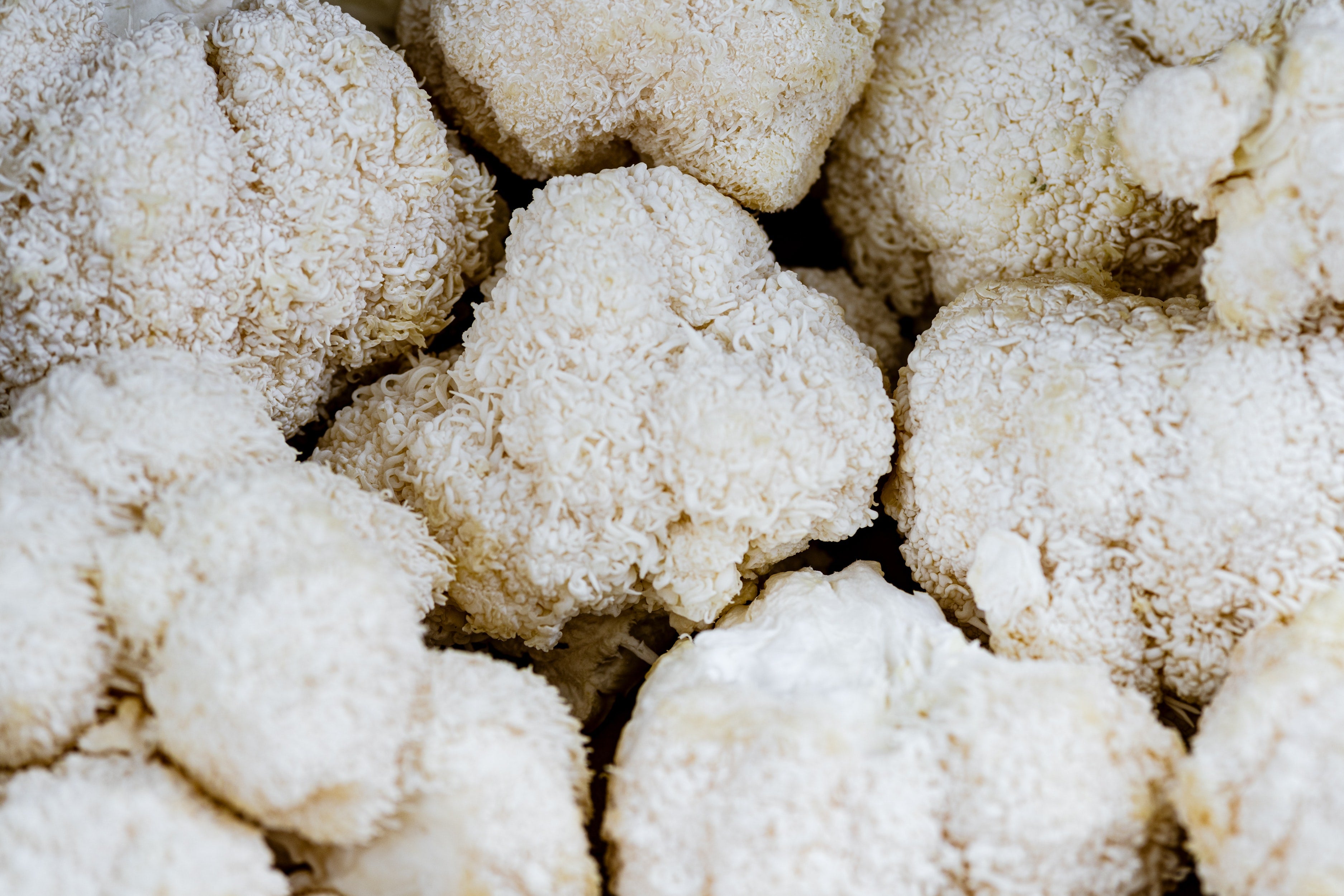Keto has taken the wellness world by storm. You’ve probably noticed keto snacks on grocery store shelves or your favorite wellness influencers talking about their experience with this low-carb diet.
Despite seeing the word “keto” everywhere, you may not know exactly what it entails. What foods are keto-friendly? How does the keto diet work? What are the benefits of a keto diet?
We’ve got you covered! Whether you’re interested in a keto diet to lose weight, improve your health, or simply learn what all the fuss is about, this guide will provide you with a solid overview of the keto diet.
What Is the Keto Diet?
“Keto” is short for ketogenic, which describes a low-carb, high-fat way of eating. Those following a keto diet follow this macronutrient formula:
- 60 to 75 percent of your daily calories from fat
- 15 to 30 percent of your daily calories from protein
- 5 to 10 percent of your daily calories from carbohydrates (carbs)
This macronutrient breakdown is a pretty drastic departure from the Standard American Diet, which features a macronutrient distribution of 20 to 35 percent protein, 45 to 65 percent carbohydrates, and 10 to 35 percent fat.
How Does a Keto Diet Work?
Usually, the human body runs on glucose, which is produced when the body breaks down carbs. However, when you drastically limit carbs, such as on a keto diet, your body shifts from burning carbs for fuel to burning fat. This fat-burning state is called ketosis and it’s the goal of ketogenic eating.
Keeping your carbs very low (20-50 grams per day) is the key to ketosis. That’s because restricting carbs keeps blood sugar and insulin levels low, which prompts your liver to start burning fat and producing ketones—an alternative fuel that’s produced when there isn’t enough glucose (sugar) to be used as energy.
Health Benefits of Eating Keto
The keto diet was developed in the 1920s to treat epilepsy, and it did so with great success. Research found that people eating a keto diet experienced about 30 to 40 percent fewer seizures and even removed the need for medication in some cases.[*]
While the keto diet is still used to treat epilepsy today, it’s also been found to offer the general population several health benefits. These include weight loss, more stable energy, reduced need for insulin in those with diabetes, improved brain health, and reduced hunger.[*][*][*][*]
What Foods Can You Eat on the Keto Diet?
To stay within your keto macronutrient ranges, your meals should be high in fat, moderate in protein, and low in carbs. You’ll typically find the following foods on a keto dieter’s plate:
- Protein, including meat, fish, shellfish, eggs, organ meats, collagen protein, whey protein, and various plant-based protein powders, including hemp seed protein, pea protein, and pumpkin seed protein.
- Healthy fats, including olive oil, coconut oil, avocado oil, butter, lard, ghee, and MCT oil
- Non-starchy vegetables, including leafy greens, broccoli, asparagus, and cauliflower
- Low-sugar fruits, including lemons, cucumbers, and moderate amounts of avocado, tomatoes, and berries
- Nuts, including walnuts, almonds, pecans, macadamia nuts, hazelnuts
- Seeds, including pumpkin seeds, sunflower seeds, chia seeds, flax seeds, and hemp seeds
- Flavorings, including stevia, monk fruit, cocoa powder, vanilla extract, and erythritol
- Beverages, including coffee, unsweetened tea, nut milk, and broth
- Low-carb snacks, including keto-friendly trail mix, jerky, pork rinds, and ketogenic protein bars like IQBAR, which contain just 1-2 grams of sugar and 3 grams of net carbs.
As you may have noticed, this list leaves out carb-heavy foods, including grains, rice, beans, potatoes, sweets, milk, cereals, high-sugar fruits, and even higher-carb vegetables. You also won’t find any industrial seed oils, processed meats, artificial sweeteners, or anything with refined sugar on a keto food list.
This might seem restrictive at first, but you can make tons of delicious meals with these ingredients and countless keto recipes can be found online. Plus, your cravings for high-carb and junk foods should dissipate once your body adapts to this way of eating.
How to Know When You’re In Ketosis
You can measure your ketone levels using a blood, urine, or breath test, but many people find this inconvenient. Plus, a positive result doesn’t always translate to keto success. For example, you might have elevated ketones, but your body may not be using them efficiently.
As such, it’s better to forgo test strips and use your body as a guide. If you’re experiencing reduced appetite, weight loss, better energy, and improved focus, you’re either in ketosis or well on your way. Generally speaking, it takes about two to four weeks to “fat adapt” and begin experiencing the above-mentioned benefits.
It’s important to note that when switching to a keto diet, especially if coming from a high-carb diet, you may experience what’s called the “keto flu.” You might feel a bit headachy, feel more tired than usual, or have trouble concentrating. These symptoms occur when your body is adapting to burning fat as its primary fuel source. Keto flu symptoms are nothing to worry about and should resolve quickly.
Tips for Keto Success
The keto diet isn’t complicated, but it can take some preparation and getting used to. The following tips will support your transition:
- Remove temptations. As with any new diet change, it can be easy to slip back into unhealthy habits if you’re surrounded by your old favorites. Get rid of non-keto foods to reduce temptation and stock up on low-carb foods and keto snacks. Soon enough, your cravings should subside naturally.
- Track your macros. Until you get a hang of eating this way, track your daily food intake with an app like Cronometer. This can help you learn how to stay within the keto macronutrient guidelines.
- Favor fat. As a high-fat diet, it’s important to ensure you're including plentiful fats in your meals, including animal fats, olive oil, coconut oil, and butter. Consuming enough fat will help you get into ketosis and keep you satiated.
- Eat your veggies. While starchy veggies are off the menu, non-starchy veggies are essential in preventing nutrient deficiencies, so load up!
- Stay hydrated. It’s easy to get dehydrated on a keto diet, so make sure you’re drinking enough (but not too much!) water, tea, and broth to stay hydrated. A good rule is to drink to thirst. Also, don’t forget about electrolytes—another important part of the hydration equation. Eating lots of leafy greens and adding a keto electrolyte supplement, such as IQMIX, can help you meet this need.




